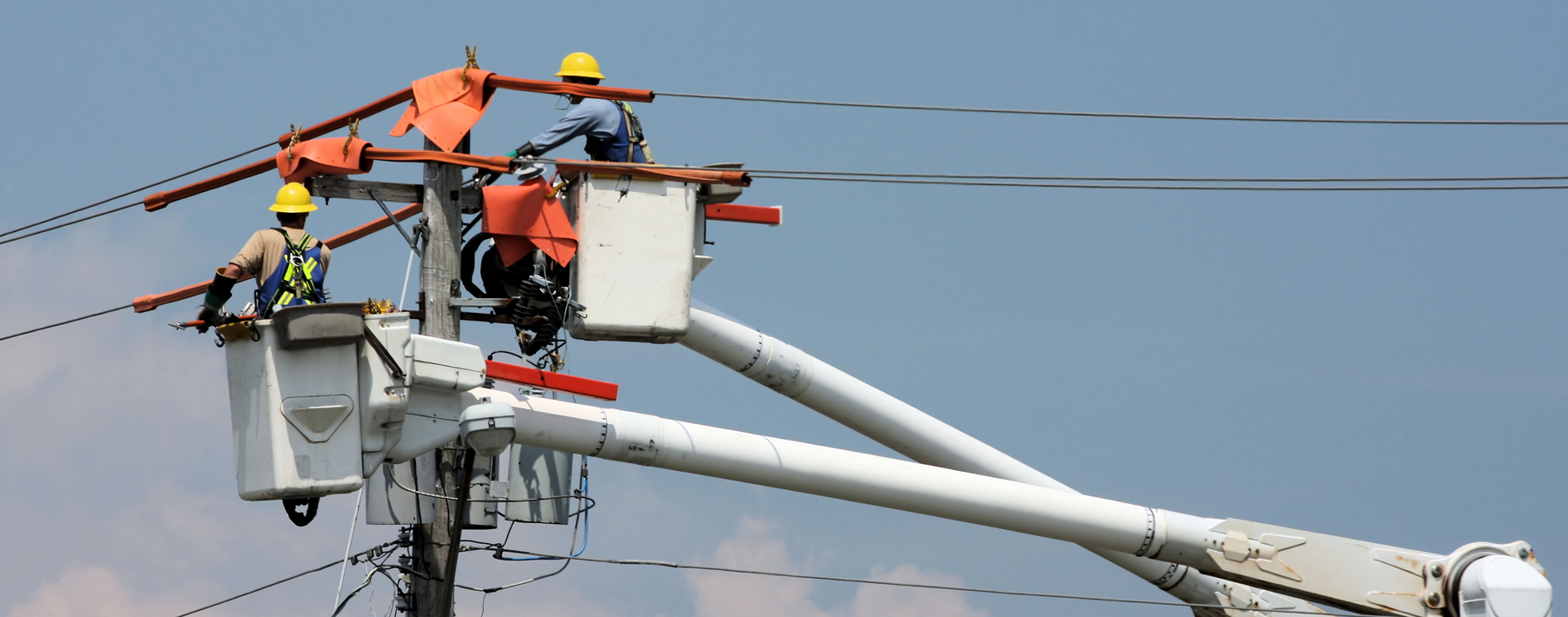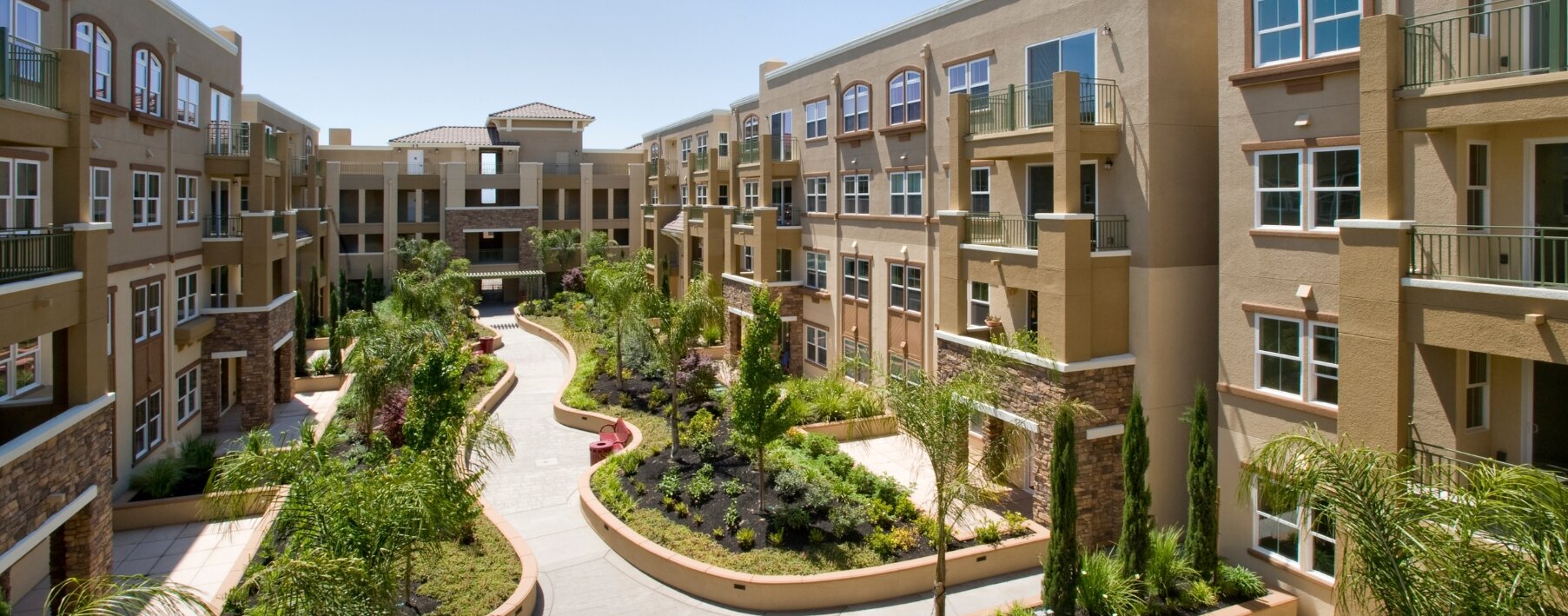Essentials of Service Line Coverage [Protect Your Property]

Many different utility lines run underneath your property, each of which serves an important purpose. You probably have sewer, electric, and gas lines running underground from city sources into your home. Depending on where you live and what has been installed, you may also have cable, telephone, or fiber optic lines.
What you might not realize, though, is that even if you don’t technically own those out-of-sight service lines and didn’t ask for them to be installed, you can still be held responsible for repairs to them if they are damaged. In addition to being unexpected and inconvenient, these repairs could cost you hundreds or even thousands of dollars out of your own pocket.
Adding service line coverage to your homeowners insurance policy can be one way to protect yourself against the financial burden of utility line repairs. Read on to understand what service line coverage is on a homeowners insurance policy, what service line insurance offers, how to determine which service lines are covered, and what to expect when adding this specific rider to your existing home insurance policy.
Key takeaways
-
Service line coverage on homeowners insurance is a type of endorsement that provides protection for various utility lines.
-
Protected utility lines include pipes, cables, and other lines for sewer, water, gas, electric, steam, cable, telephone, and even fiber optic services.
-
Homeowners are generally responsible for covering repairs to the section of a damaged service line that is on their private property.
-
Repairing damaged service lines can often cost hundreds or even thousands of dollars.
-
Service line damage can be caused by trees and tree roots, digging, heavy weight, wear and tear, rodents and insects, freezing temperatures, shifting earth, and more.
What is service line coverage?
Also sometimes known as buried utility lines coverage, service line insurance coverage is a type of insurance rider that can often be added to a homeowners policy and offers financial coverage for the various utility lines running on and underneath your property.
An optional homeowners insurance endorsement, such as water backup coverage, can help cover certain types of water damage inside your home or to other structures on your property. However, this coverage usually doesn’t extend to the water line underneath your home. Some utility companies may also offer opt-in protection in case their service lines are damaged, like water line insurance from your municipal provider. However, that coverage only extends to the line you’re paying that company for, leaving all other utility lines unprotected on your property.
A service line endorsement, however, can fill in the gap between each of these. Service lines coverage protects all utility lines that run to your home, rather than only covering one or two. In the event of accidental damage to any of these eligible lines, this coverage can step in to cover the cost of repairing and replacing the line. It will generally also cover related expenses post-repair, such as landscaping and aesthetic costs.
What are considered service lines under endorsement?
Service lines are a network of underground cables, pipes, tubes, and lines that connect your specific home to a main supply for utility services. They can provide you with water, electricity, heat, gas, internet, phone lines, and more from a main hub (often at the street level), making your home habitable and providing you with the most desired services.
While the exact service lines available to you will depend on where you live and what’s offered for your specific property, they may include the following:
-
Sewage
-
Water
-
Gas
-
Electricity
-
Internet
-
Telephone
-
Steam
-
Fiber optics
Rather than purchasing coverage from your water or gas company to protect individual lines, buying underground service line coverage can protect any lines applicable to your home.
How do service lines get damaged?
Your service lines spend most of their time out of sight, out of mind. But while they’re relatively insulated underground and safely buried across your property, they can (and do) get damaged over time, potentially costing you quite a bit in repairs.
For example, if a home is in an earthquake zone, the shifting earth might damage lines underground, causing a water or gas leak—construction work and excavation frequently damage service lines, too. According to the most recent DIRT report from the Common Ground Alliance, excavation damaged 213,792 service lines in 2022, most of which were gas or telecommunication lines. Corrosion also accounts for over 800 water main breaks in the U.S. per day, resulting in more than $75 million in water main repair costs since 2000.
Some common ways that your service lines could get damaged include:
-
Rodents or insects
-
Freezing temperatures
-
Construction
-
Trees or tree roots
-
Rust, decay, or corrosion
-
Landscaping accidents
-
Digging on a person’s property
-
Heavy weight
-
Wear and tear
-
Collapse
-
Electrical or mechanical breakdowns
These accidents will cost you, too, even if you’re not technically at fault. Utility companies will rarely take the blame, especially if the damage occurs on your property or just beyond the curb… so it is usually up to the customer to front the bill. And the repairs aren’t cheap.
If your sewer line is damaged, for instance, the average repair will run somewhere between $3,000 and $6,000. The average cost to repair a water service line is $3,581. And repairing a severed fiber optic cable is about $600 on average, though this can run as high as $20,000.
Home insurance service line coverage protects you from having to pay for damage to any of these underground utility lines. This coverage can kick in whether a tree’s roots caused damage to water pipes, you accidentally severed a line while digging a hole, or they simply wore out over time.
What does service line coverage cover?
If an accident or wear down does happen to your various utility lines, a service line coverage endorsement can help you throughout the repair process.
This type of coverage is designed to pay some of the financial costs that result from the line damage and breakage. Depending on your exact policy details, this may include:
-
Line excavation
-
Repairing or replacing lines
-
The cost of expedited repairs
-
Loss of use (if you need to vacate your home during repairs)
-
Outdoor property repairs and landscaping
-
Various replacement costs
What is not covered in service line insurance?
While service line coverage insurance fills in many gaps that homeowners and even utility company coverage may leave, it doesn’t protect against everything or every situation.
What is (and is not) covered in service line coverage varies by insurance provider. However, there are a few damages that are generally not covered. This includes damage to:
-
Water wells
-
HVAC systems
-
Sprinkler and irrigation systems
-
Fuel tanks
-
Sump pumps
-
Septic systems
-
Lines that run under or through your home
-
Lines that run under a body of water (such as a swimming pool or retention pond)
-
Lines that aren’t yet ready for use or aren’t connected to your home
Is service line coverage required?
While service line insurance can be beneficial and is often recommended, it usually isn’t required by mortgage lenders or other entities.
That said, when buying homeowners insurance, service line coverage is often an optional endorsement offered to you, usually at a low added cost. Without this coverage, you could be on the hook for any repairs to the utility lines on your property if they are damaged or destroyed, even if the cause of that damage isn’t your fault.
Imagine spending a week in the winter without gas for heat, trying to work from home without the internet, or even taking a shower without water. And on top of that, imagine if the repairs to these lines make your house uninhabitable, so you’re forced to take your family and stay in a hotel until the work is completed. Then, on top of all this headache and inconvenience, you’re stuck with a hefty bill for the damages?
Service line coverage can shoulder this financial burden for you and save you a lot of headaches. So, if you’re wondering, “Do I need service line coverage?” and considering the cost of this optional endorsement, just know: Even though it isn’t required, it can be valuable and beneficial if you ever need to use it.
How much does service line coverage cost?
Typically, service line coverage runs between $20 and $50 in additional yearly homeowners insurance premiums. Depending on your provider, you may also have to pay a deductible before insurance kicks in, often in the neighborhood of $500.
Excavating, repairing, and replacing a service line, then fixing aesthetic damages caused by the repair, can be pricey. Service line coverage, on the other hand, usually isn’t. For a small added payment, you’ll get peace of mind and financial protection in case of a utility services line accident. This low monthly cost makes service line coverage a worthy investment, especially compared to how much protection this add-on provides — and one you’ll be grateful for in the event of a burst water pipe or cable line eaten by rodents.
Sometimes, when offered by an insurance company at no added cost, it may only make sense to add and enjoy service line coverage. Newer home insurance companies (like Hippo) may even roll this protection into a standard policy!
Next time you encounter an issue with your home, service lines or otherwise, let Hippo have your back. Collaborating with a partner network of contractors and repair people, your Hippo Claims Concierge can help you navigate the fix, take care of the details, and quickly get your home back to normal.
Still have questions?
Want to know more about service line coverage? Here are some of the most frequently asked questions.
What are service lines for?
Service lines are pipes, wires, cables, or tubes that provide utilities and services to your home and are usually buried underground. These may include gas lines and exterior water. Service line coverage can help protect these if damaged, so you aren’t left footing the bill.
What is a service line failure?
A service line failure is any damage to a utility line that causes an interruption in function or service. With service line coverage, home insurance will help pay for repairs and other costs if one of your service lines is damaged and fails.
What is a service line pipe?
Service line pipes provide utility services from a central line or hub to a home, place of business, or other building. This could include gas, water, sewer, cable, telephone, or fiber optic lines.
Who is responsible for the water line from the street to the house?
Generally, the property owner is responsible for water lines (and other utility lines) from the street to their house. Any lines that reside on or are buried under their private property are their responsibility. From the curb or street on, once the line hits public or shared property, it is the utility company's responsibility.



